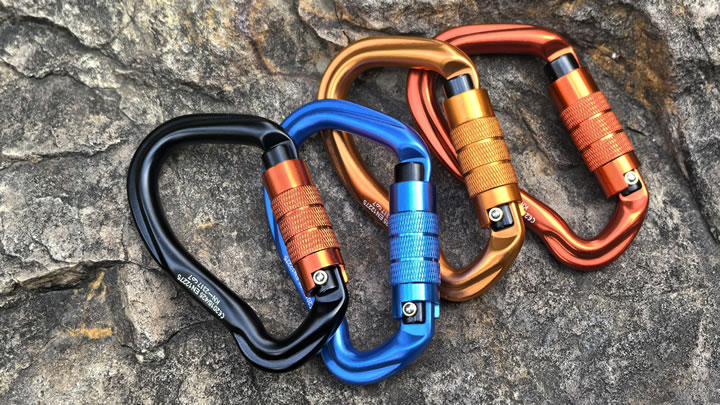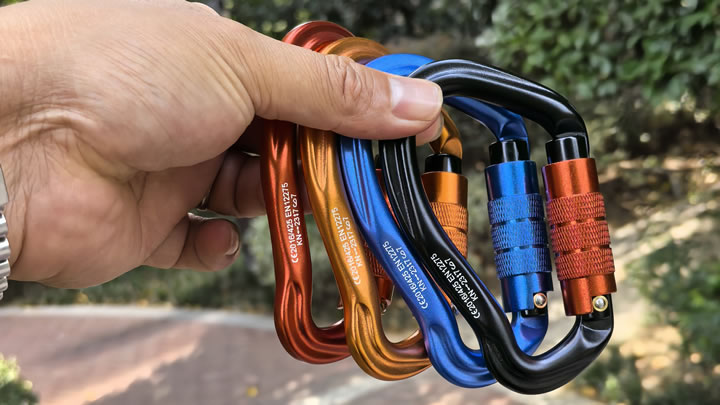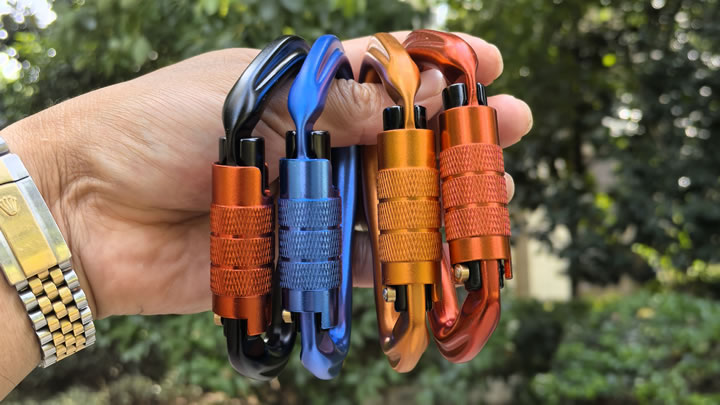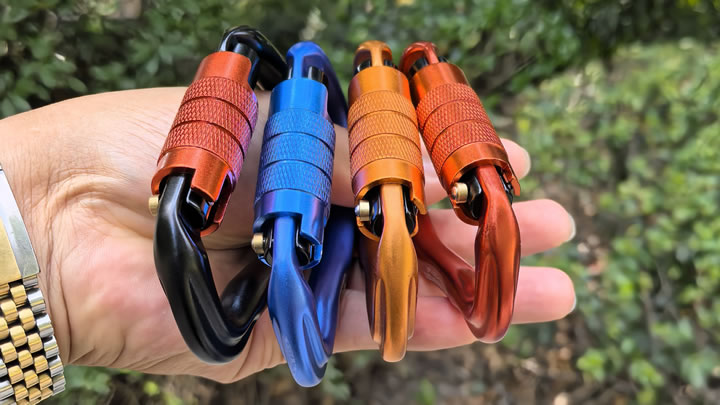Tips for winter camping with a nylon hammock.
Winter camping in a nylon hammock offers a unique way to enjoy snowy landscapes, but staying warm and safe requires strategic planning. Unlike tents, hammocks expose you to cold air beneath and around you. This guide covers essential gear, setup tricks, and safety measures to turn your nylon hammock into a cozy winter refuge.
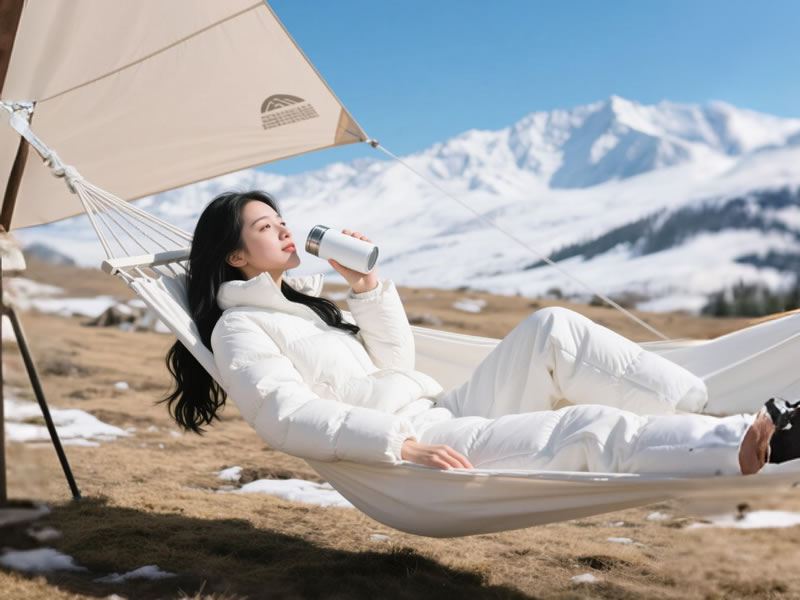
1. Why Nylon Works for Winter Camping
Nylon’s lightweight, quick-drying, and durable properties make it viable for cold weather:
- Portability: Easier to carry than heavy winter tents.
- Weather Resistance: Repels snow and frost better than cotton or canvas.
- Adaptability: Works with insulation systems like underquilts and pads.
Key Challenge: Managing heat loss from wind and conductive cooling.
2. Essential Winter Hammock Gear
A. Insulation Layers
- Underquilt:Hangs beneath the hammock, trapping warm air.Choose down (warmer, lighter) or synthetic (wet-weather friendly).
- Top Quilt/Sleeping Bag:Opt for a bag rated at least 10°F colder than expected temperatures.
- Foam Pad:Adds ground-like insulation. Place inside the hammock beneath your sleeping bag.
B. Wind and Snow Protection
- Four-Season Tarp:Use a winter tarp with doors (e.g., Warbonnet SuperFly) to block wind and snow.Pitch it low and angle the edges to the ground.
- Top Cover:A breathable overcover reduces wind chill while minimizing condensation.
C. Extras
- Hot Water Bottle: Fill with boiling water and place in a sock for localized heat.
- Vapor Barrier Liner: Prevents body moisture from soaking insulation.
3. Setup Strategies for Extreme Cold
Hang Smart
- Avoid Wind Tunnels: Camp in dense tree cover or natural windbreaks.
- Angle the Tarp Low: Create a “cocoon” effect to trap heat.
- Use a Structural Ridgeline: Ensures consistent sag for insulation alignment.
Layer Like a Pro
- Base Layer: Moisture-wicking merino wool or synthetic fabric.
- Mid Layer: Fleece or down jacket.
- Outer Layer: Waterproof shell to block snow and wind.
Pro Tip: Wear a balaclava and down booties to protect extremities.
4. Combating Condensation
Condensation from breath can freeze, reducing insulation efficiency.
- Ventilation: Crack open tarp doors or use a breathable top cover.
- Anti-Condensation Layers: Line the hammock with a reflective emergency blanket.
- Drying Routine: Shake off frost from the underquilt each morning.
5. Safety Precautions
- Check Weather Alerts: Avoid camping in storms with wind chills below -20°F (-29°C).
- Stay Dry: Brush snow off gear before entering the hammock.
- Emergency Heat: Pack hand warmers and a stove for melting snow.
- Buddy System: Never hammock camp alone in extreme cold.
6. Winter-Specific Hammock Modifications
- Double-Layered Nylon: Add a second fabric layer to hold a foam pad securely.
- Insulated Suspension: Wrap tree straps with foam to prevent heat loss at anchor points.
- Snow Anchors: Use skis, trekking poles, or snow stakes to secure guylines in deep snow.
7. Nighttime Routine for Warmth
- Pre-Warm Your Gear: Place hot water bottles in the underquilt 30 minutes before bed.
- Eat Before Sleeping: Calories fuel your body’s heat production.
- Pee Before Bed: A full bladder wastes energy warming excess liquid.
8. Common Mistakes to Avoid
- Skipping the Underquilt: Even the best sleeping bag can’t compensate for conductive heat loss.
- Over-Tightening the Hammock: Creates uncomfortable pressure points and reduces insulation efficiency.
- Ignoring Wind Direction: Align the tarp to block prevailing winds.
9. Gear Recommendations
- Hammock: Warbonnet Blackbird XLC (double-layer, built-in shelf).
- Underquilt: Hammock Gear Incubator 0°F (-18°C).
- Tarp: Dutchware Gear Winter Haven.
- Sleeping Bag: Western Mountaineering Kodiak MF 0°F.
Final Verdict
Winter camping in a nylon hammock is challenging but rewarding with the right preparation. By combining a high-quality underquilt, a wind-blocking tarp, and smart layering, you can stay warm in sub-zero conditions. Prioritize moisture management, wind protection, and calorie intake to avoid hypothermia. Test your setup in milder cold first, then embrace the frosty solitude of winter wilderness!


